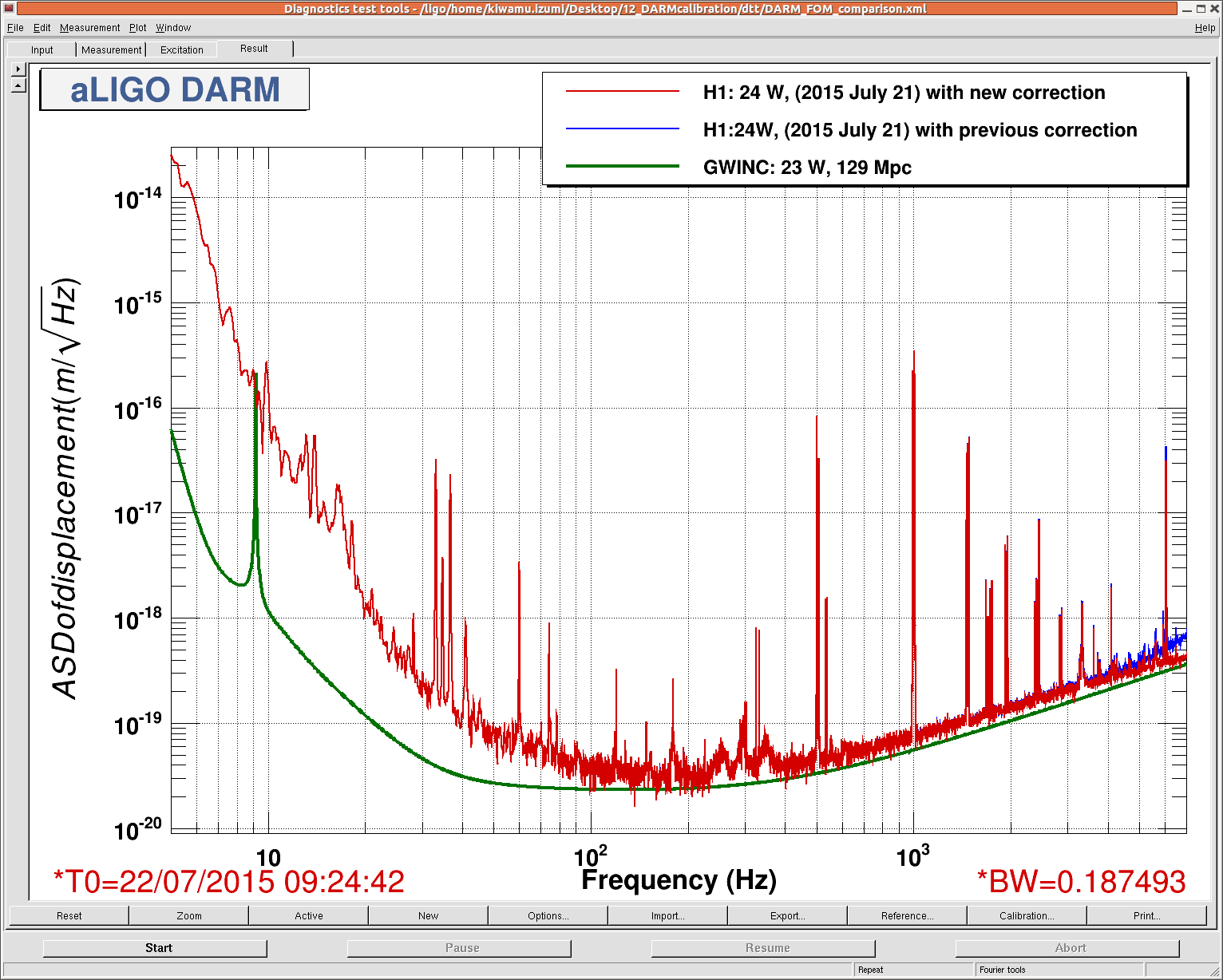After the PSL temperature adventure on monday afternoon, it seems as though the PMC alignment shifted. We now get less transmitted power, although the sum of refl and trans has not changed much.
In looking at the data around the period of the temperature excursion, all the power monitoring photodiodes indicate a change in power monitored. The ones located before the pre-modecleaner return to their previous values. The ISS photodiodes after the pre-modecleaner return to their previous values however the transmission and reflection signals are lower than before. The pre-modecleaner reflected spot doesn't look substantially different, however the pre-modecleaner heater output did not return to its previous level. It has remained at an elevated level since the temperature excursion. The coefficient of thermal expansion for aluminium is approximately 22 microns per degK. The attached plot suggests the body of the pre-modecleaner changed by 0.5 degK and stayed at the higher temperature. It should be noted that the pre-modecleaner heater did its job and relieved the PZT high voltage. In doing so the length of the spacer is different and this may be the cause of any mis-alignment. The plot also shows the Laser Room temperature. It might be worth trying reducing (presumably reducing, might also be increasing) the heater offset to bring the pre-modecleaner temperature back down to 304.5 degK from its current value of 305.0 degK to see if this peaks the power transmitted by the pre-modecleaner.
Attached is the output of the quadrant photodiode in the ISS photodiode box with the corresponding temperature measurement. Clearly a change in the beam position is indicated, with the vertical not returning to its previous value. The horizontal seems to track the room temperature.







































